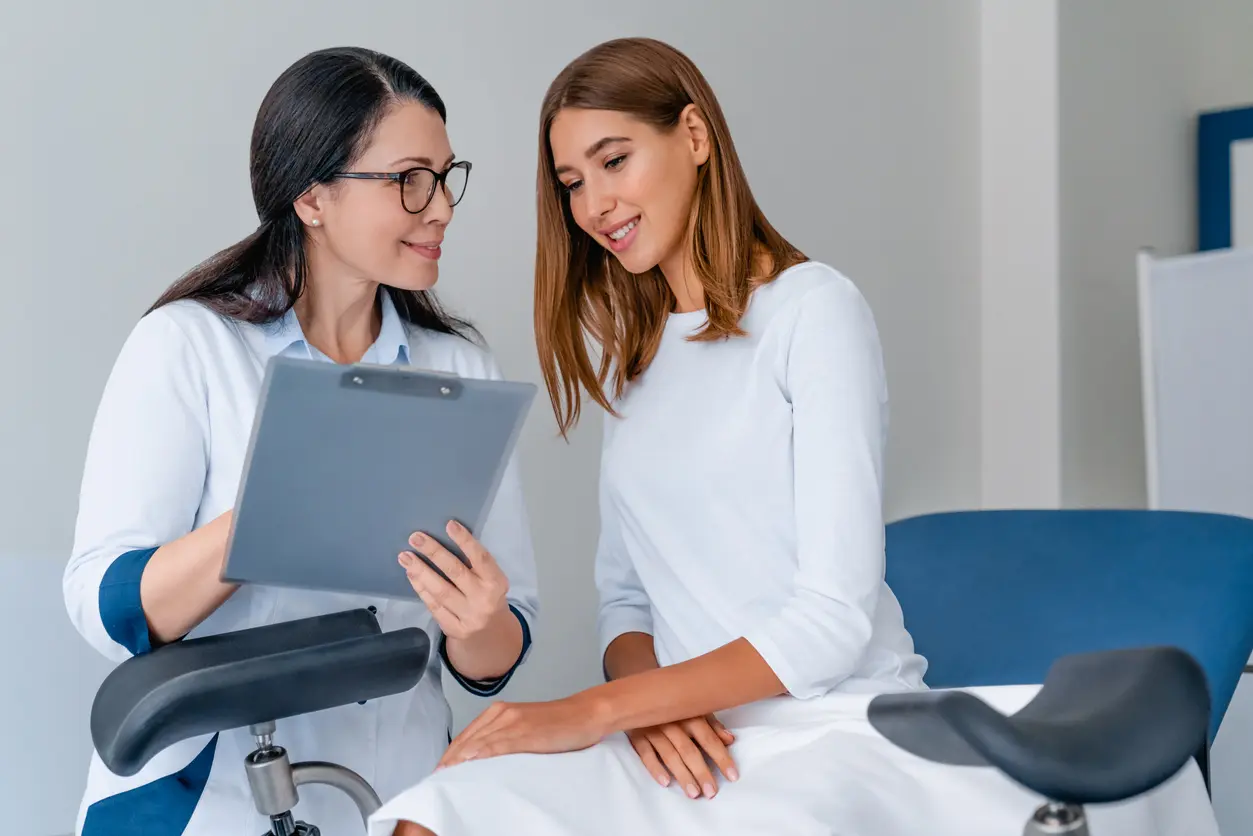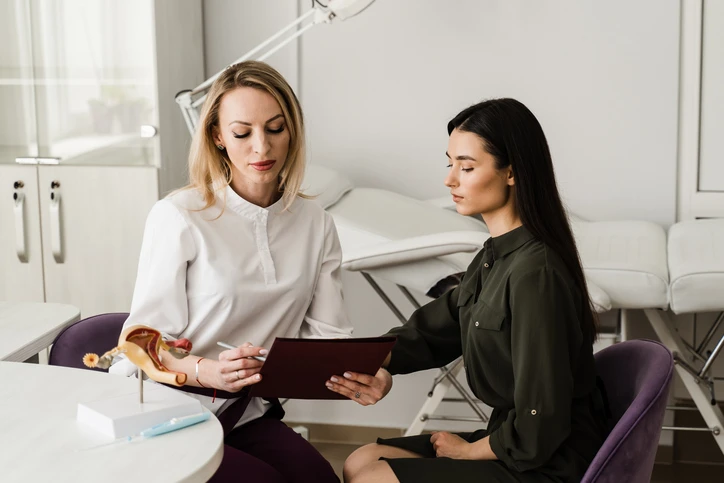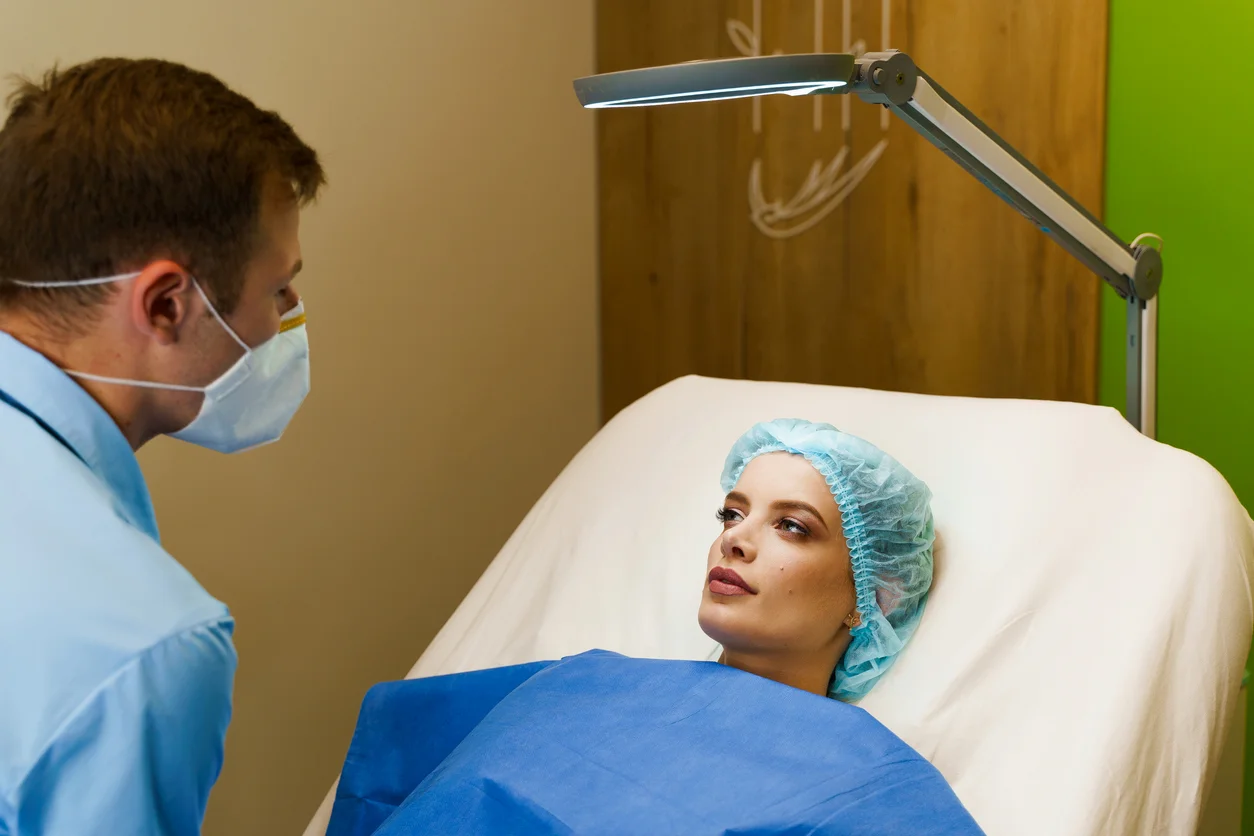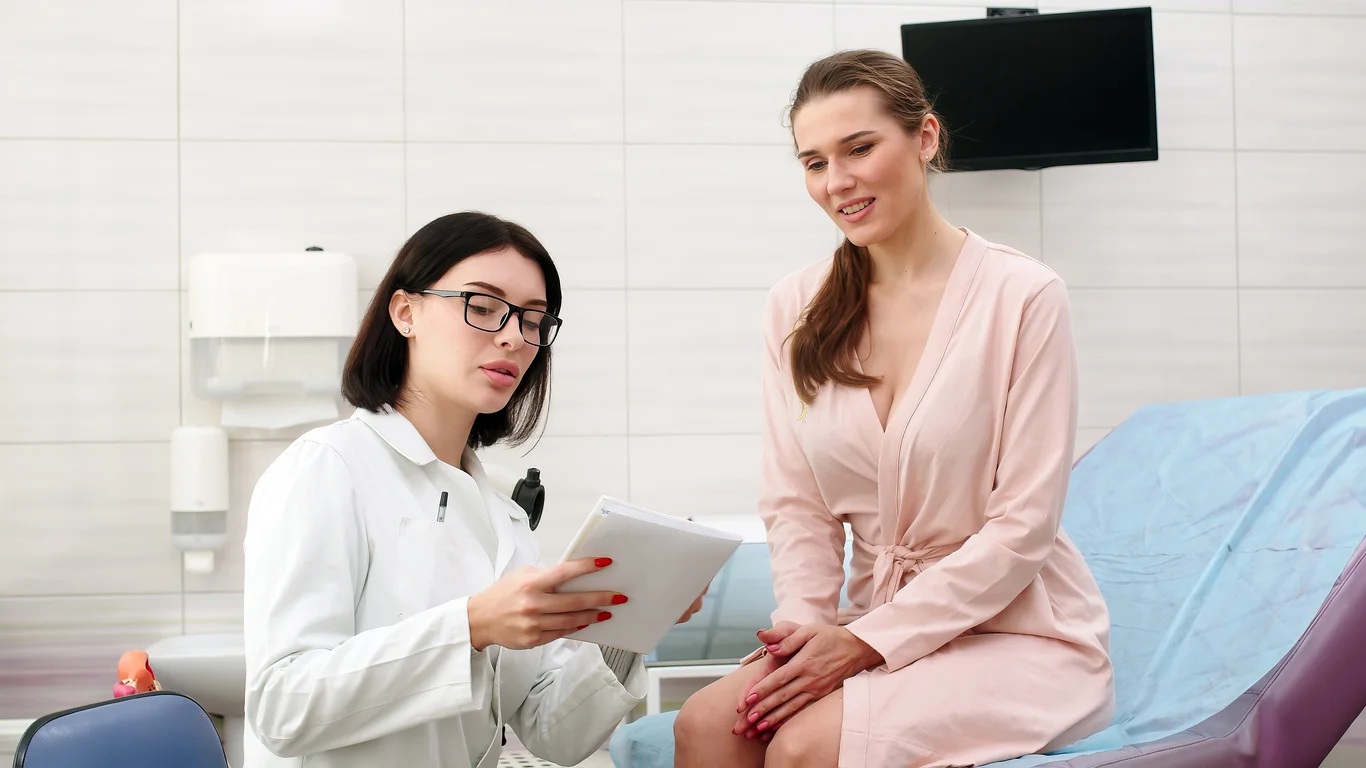Overactive Bladder: Treatment Options
Both non-surgical and surgical treatment options are available for overactive bladder.
Non-surgical treatment options include:
Kegel exercises
Kegel exercises strengthen the pelvic floor muscles. These exercises can help control stress urinary incontinence, urge urinary incontinence, overactive bladder and fecal incontinence and can help slow the progression of vaginal prolapse. Kegel exercises must be done correctly and regularly to work.
Pelvic floor therapy
Pelvic floor therapy consists of a series of visits to a physical therapist with specialized training in the treatment of pelvic floor problems. The physical therapist uses a combination of the techniques listed below depending on the type of urogynecological condition present.
Behavioral modification – education on diet, fluid intake and other lifestyle changes to manage various bothersome symptoms.
Bladder training – learning to use the pelvic floor muscles to suppress overactive bladder symptoms (urinary urgency, frequency, nocturia and urge urinary incontinence).
Biofeedback – an intravaginal device used to train the pelvic floor muscles to contract or relax correctly.
Functional electrical stimulation – a device that can be used intravaginally or externally that delivers a gentle electrical current to activate or relax the nerves and muscles in the pelvis.
Manual therapy – pressure applied to and released from muscles in spasm to relax them and increase blood flow to the area for healing.
Joint and tissue mobilization – gentle manipulation to help calm the muscles and nerves of the pelvis.
Low-dose vaginal estrogen
Low-dose vaginal estrogen replaces declining estrogen in vaginal and urethral tissues easing symptoms of vaginal dryness, itching and irritation as well as urinary urgency, frequency and incontinence. Low-dose vaginal estrogen comes in a cream (Estrace™ or Premarin™), suppository (Vagifem™) or a ring (Estring™).
Overactive bladder medications
There are several brands of overactive bladder medications on the market to treat urge urinary incontinence. These medications work by relaxing the bladder muscle. Side effects are usually mild and include dry mouth, dry eyes, blurred vision, urinary retention, constipation, dizziness or drowsiness. Changing the brand or dose of medication can decrease side effects. The different brands of overactive bladder medications include:
- Detrol™
- Ditropan™
- Enablex™
- Oxytrol™
- Sanctura™
- Vesicare™
Urgent® PC
Introducing a new, non-surgical and no downtime way to treat the symptoms of overactive bladder, urinary urgency, urinary frequency and urge incontinence. Urgent PC is a 30-minute, comfortable in-office treatment. During this treatment, a small, slim electrode is inserted near your ankle, sending mild impulses along your leg and into the nerves of your pelvic floor, which control bladder function. Over the course of 12 treatments, spaced about 1 week apart, Urgent PC can dramatically improve your overactive bladder symptoms, even if other non-surgical methods haven’t worked for you in the past.
Surgical treatment options include:
InterStim™ Therapy
InterStim™ Therapy is an FDA-approved treatment for urinary urgency, frequency, urge incontinence and retention. The InterStim™ is a small device that is implanted under the skin of one of the upper buttocks. It works by gently stimulating the sacral nerves to help the bladder function more normally.
Axonics® Therapy
The Axonics System is a newly designed therapy offered by Aguirre Specialty Care and aimed at helping individuals who struggle with bowel incontinence, overactive bladder, urinary retention and other urinary issues. Dr. Aguirre was the first surgeon in Colorado to implant the Axonics System in December 2019. This therapy is performed using a small neurostimulator implant that can be repeatedly recharged and controlled by the patient for at least 15 years.
Botox®






